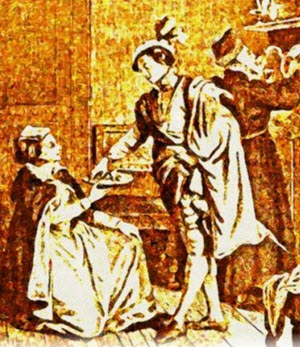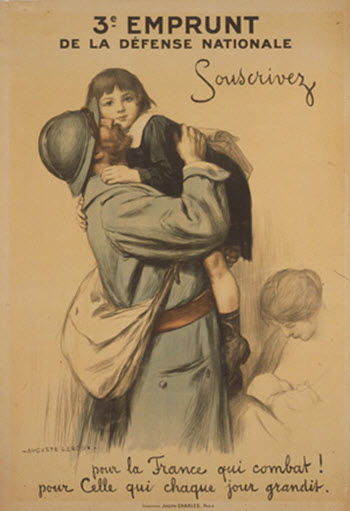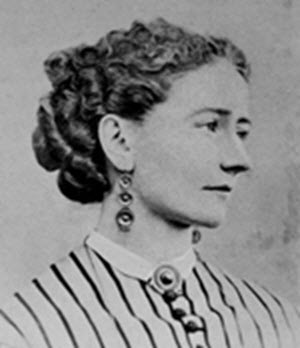Medieval Libraries and Manuscripts
On the continent, where elaborate bindings came early into fashion, sometimes protected by equally elaborate bosses at their corners, it would have been impossible to arrange the volumes as we did side by side on the shelves. It therefore became the fashion to place a shelf below the desk, and to lay the books upon it on their sides. The earliest library fitted in this manner that I have been able to discover is at Cesena in North Italy. It was built in 1452, by Domenico Malatesta Novello, for the convent of S. Francesco. It is possible, therefore, that the parent house of S. Francesco at Assisi, which had a large library, divided, so early as 1381, into a Libreria publica and a Libreria secreta, had similar bookcases. I am going to shew[Pg 47] you a general view of the room, which has a thoroughly medieval character, next the cases (fig. 6), and thirdly a single book with its chain (fig. 7). You will observe that the seats for the reader are no longer independent, but are combined with the bookcase.
These cases no doubt suggested those in the Medicean library at Florence, begun in 1525 by Michael Angelo. The cases, perhaps the finest specimens in existence of wood-carving as applied to this style of work, were designed by other artists shortly after the completion of the room.[Pg 48]








